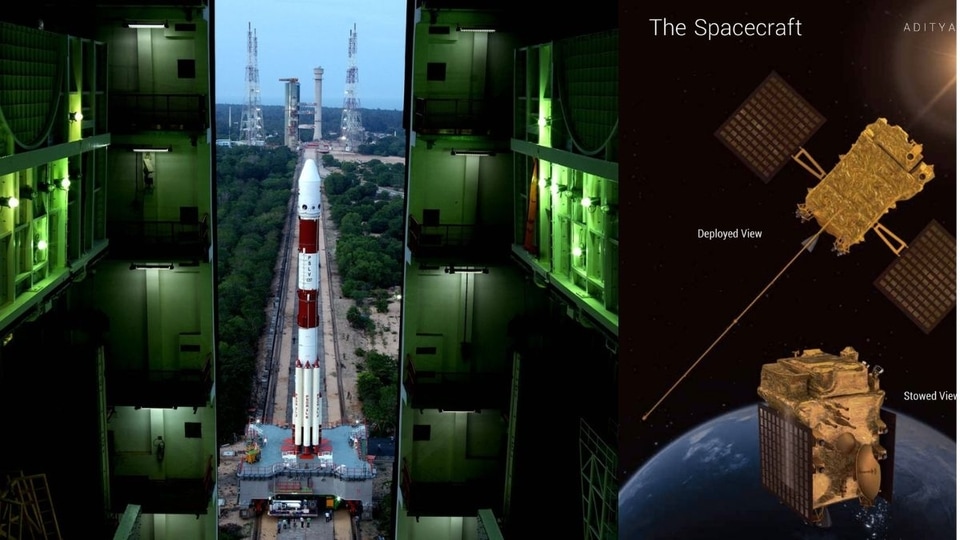Aditya-L1 launched! Proud moment for India. Learn all about ISRO's objectives
Aditya-L1 has been launched today, September 2, 2023 at 110:50AM IST, from the Satish Dhawan Space Centre SHAR (SDSC-SHAR), Sriharikota. Know all about ISRO's objectives from the Aditya-L1 mission.

After the successful landing of the Chandrayaan-3 lander on the Moon's surface, the Indian Space Research Organisation (ISRO) has launched its next mission, Aditya-L1 today, September 2, 2023, at 11.50 AM from the Satish Dhawan Space Centre SHAR (SDSC-SHAR), Sriharikota. The mission will be carried out from Lagrange point 1 of the Sun-Earth system. The spacecraft's position will give a direct view of the Sun to conduct the successful study. Know what are the objectives of the Aditya-L1 mission.
Objectives of Aditya-L1 mission
According to an ISRO report, this will be the first-ever space-based observatory-class Indian solar mission that will study the Sun's environment. The Aditya-L1 spacecraft is planned to be placed at the halo orbit around the Lagrangian point1 (L1) of the Sun-Earth system, which is about 1.5 million km from the Earth. The halo-orbit will be the perfect location for the satellite to study real-time Sun's activities without any interruption from a solar eclipse.
The spacecraft, over a longer duration, will get a deeper understanding of the Sun by studying various phenomena and the latest activities. The ISRO mission study objectives include:
1. With the mission, scientists hope to gain a better understanding of chromospheric and coronal heating, the physics of partially ionized plasma, and the formation of coronal mass ejections and flares.
2. It aims to study the Coupling and dynamics of the solar atmosphere
3. It will study various layers of the sun.
4. The mission aims to understand the scientific reason behind solar corona and its heating mechanism.
5. Study the formation and composition of solar wind and space weather.
6. It will study the formation of Coronal Mass Ejection (CME), solar flares, and near-earth space weather.
7. It also aims to gather details about the sun and the solar atmosphere which is affected by the sun's activities.
8. The multi-directional observations will help understand the direction and intensity of solar winds.
This will be a great opportunity for Indian scientists to contribute towards the study of our Sun and how its activities affect the space environment as well as the Earth's atmosphere.
Catch all the Latest Tech News, Mobile News, Laptop News, Gaming news, Wearables News , How To News, also keep up with us on Whatsapp channel,Twitter, Facebook, Google News, and Instagram. For our latest videos, subscribe to our YouTube channel.

























